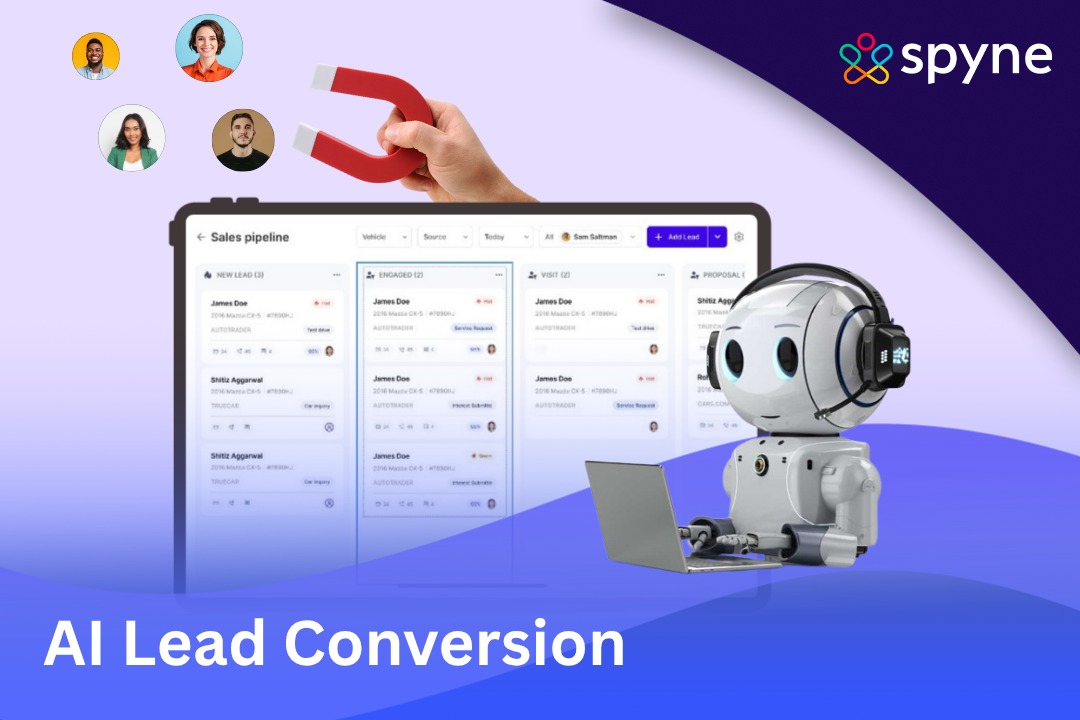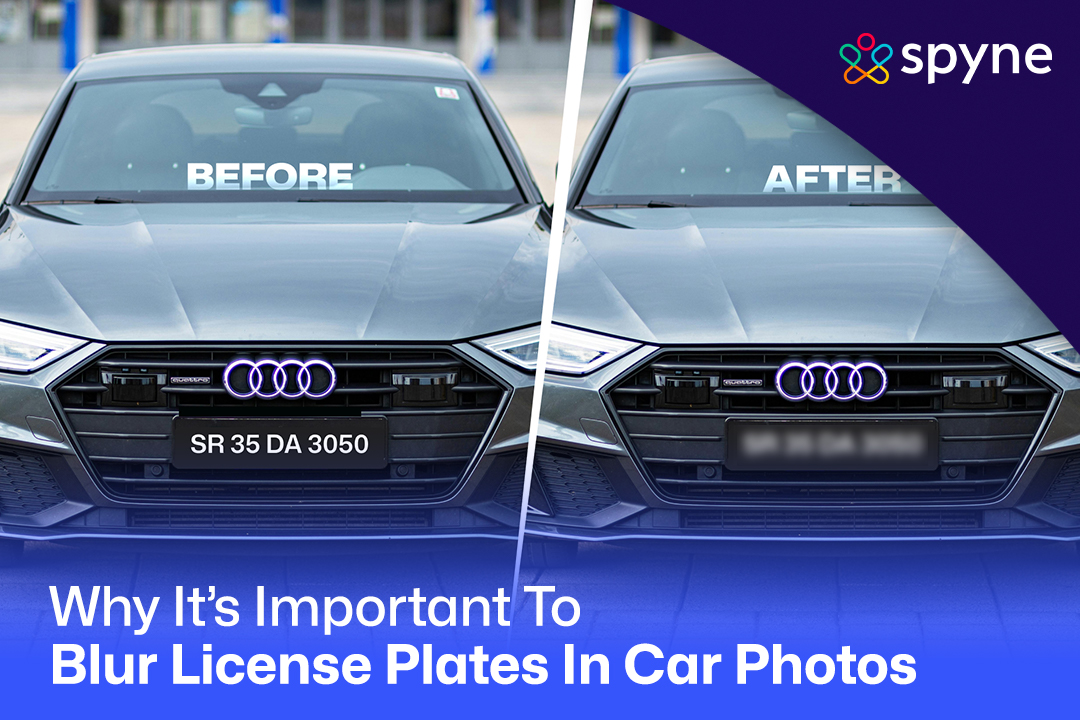Experience Vini AI in Action Today !
Car Merchandising
Get an Immersive Car Merchandising Experience
Cars look so good, they sell themselves. Spyne's car merchandising helps seal the deal and changes that idea of buying your dream car into reality.
%2Fhttps%3A%2F%2Fspyne-static.s3.amazonaws.com%2FmerchandisingLandingPages%2FCar%2BMerchandising%2BLP%2FCar%2BMerchandising%2BFI.jpg&w=3840&q=90)
Trusted by thousands of dealerships worldwide.
%2Fhttps%3A%2F%2Fspyne-static.s3.amazonaws.com%2FmerchandisingLandingPages%2FCar%2BMerchandising%2BLP%2FImage.jpg&w=3840&q=90)
Choose from 100+ templates
Image Studio
Say goodbye to car photos that make your inventory look like it belongs in a trashy listing. Spyne's Image Studio vehicle merchandising tool for car dealers lets you capture every glorious detail in high-resolution polished to perfection.
%2Fhttps%3A%2F%2Fspyne-static.s3.amazonaws.com%2FmerchandisingLandingPages%2FCar%2BMerchandising%2BLP%2F360.jpg&w=3840&q=90)
Car Tour
Forget flat photos – give your customers the full car tour experience. Spyne’s Car Tour lets them explore every nook and cranny of your vehicles, building trust and keeping them hooked.

Expedited Results
Car Tour ensures swift turnaround times, sparing you any unnecessary delays and keeping your projects on track.

Quality on Every Image
Our standards are unparalleled in clarity and detail. You can witness your products come to life with unmatchable quality and luxury.
%2Fhttps%3A%2F%2Fspyne-static.s3.amazonaws.com%2FmerchandisingLandingPages%2FCar%2BMerchandising%2BLP%2FVideo.jpg&w=3840&q=90)
Video Tour
Spyne's Video Tour lets you showcase your vehicles in short, engaging videos that tell a story and grab attention. Because let's face it, visuals appeal more than written information. They want to see the real deal. Here’s why you should choose Spyne:
0%
Viewer Satisfaction Rate
0%
Higher Click-Through Rate
Automotive Merchandising
Don’t settle- let the visuals speak for your brand!
With Spyne, you don’t just sell cars-you sell an experience. Our tools are designed to:

Enhance your Digital Inventory
Create consistent, professional visuals that reflect your dealership’s quality.

Save Time and Money
Automate tasks that take time and reduce the need for expensive photoshoots.

Drive Results
Turn browsers into buyers with visuals that boost sales.

Captivate Shoppers
Create listings that stand out and keep buyers engaged.

Build Trust
Showcase your vehicles with transparency and professionalism.

Drive Sales
Turn your online inventory into a lead-generating machine.
Car Merchandising Made Easy for Digital World!
Get High-Quality Images Through Car Background Editing. Powered by Spyne.ai
Auto Dealer Merchandising
We Have Our Auto Dealer Merchandising Services Backed by Stats!
Everything reliable is supported by statistics. Have a look at ours:
01
500k+ Images Processed
Join the growing number of users who are enhancing their car visuals with Spyne's editing tools.
02
400k+ Backgrounds Edited
Create car listings with professional-grade background removal and editing, ensuring your vehicles stand out.
03
500k+ Images Downloaded
Showcase your vehicles in their best light. Spyne empowers you to create stunning visuals ready for any platform.
Automotive Merchandising
Streamlined Car Merchandising That Goes Well With Your Workflow
Drive more sales with stunning car visuals. Spyne's seamless integration and API solutions streamline your merchandising process, empowering you to create eye-catching listings that convert.
Trusted by Dealers for Car Merchandising Worldwide
"Spyne’s Complete Car Tour tool has transformed how we showcase our inventory. The results are stunning, and the process is so simple. Our engagement and sales have gone up by a huge number!"

Elijah
"The Image Studio is a game-changer. We can now create professional-quality images in minutes, and the customization options are incredible. Spyne has become an essential part of our workflow."

Oliver
Got questions? We've got answers.
Find answers to common questions about Spyne and its capabilities.
Explore AI-Powered Car Image and Video Editing Options
Ready to stand out from the crowd of basic visuals?
Let Spyne’s car merchandising solutions take your listings to the next level. Stunning visuals, immersive experiences, and faster sales—all at the click of a button.
/d20uiuzezo3er4.cloudfront.net/AI-tools/ai-tool-home/HeaderNew/Spyne+Logo+black.png)
 Image Studio
Image Studio Car Tour
Car Tour Video Tour
Video Tour Vini AI
Vini AI.png)
.png)
.png)
.png)
.png)
.png)










